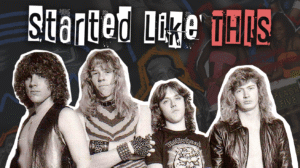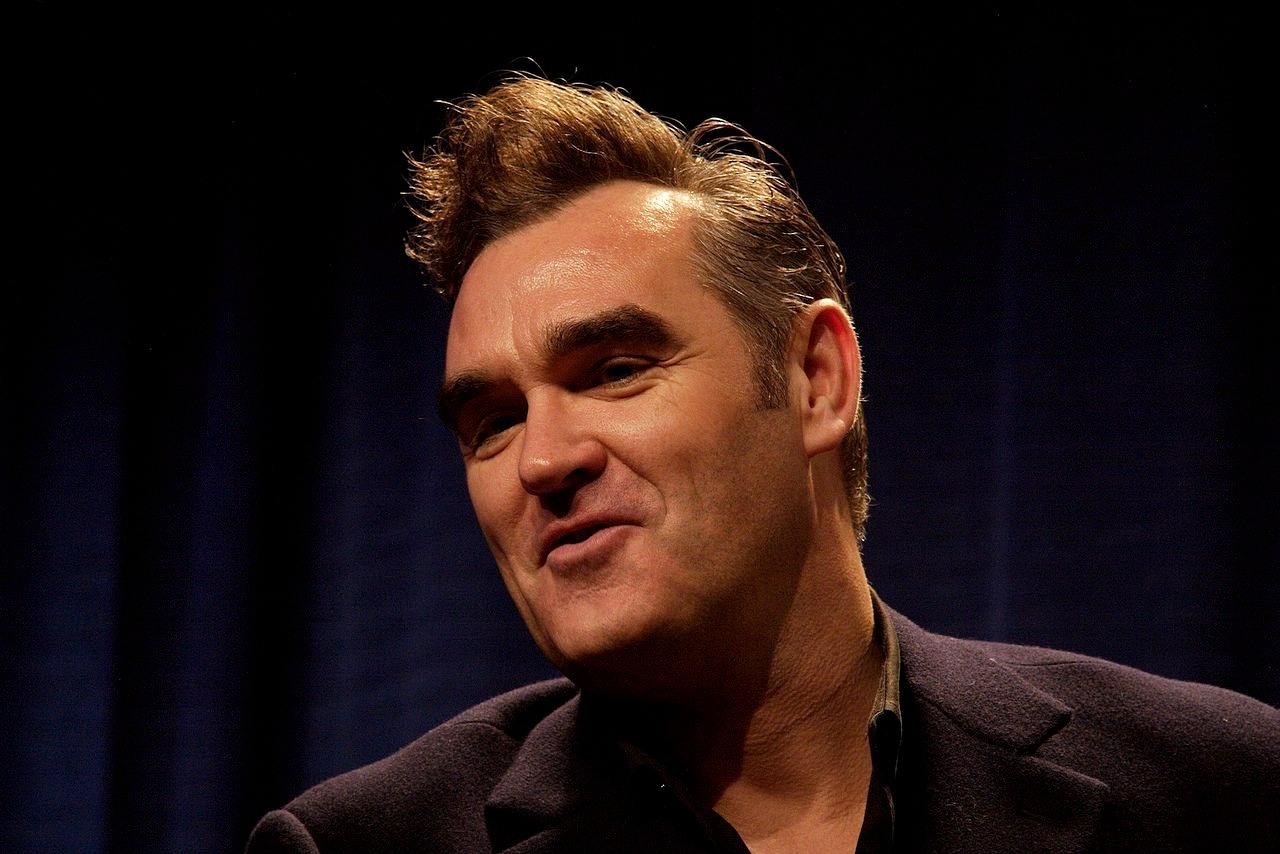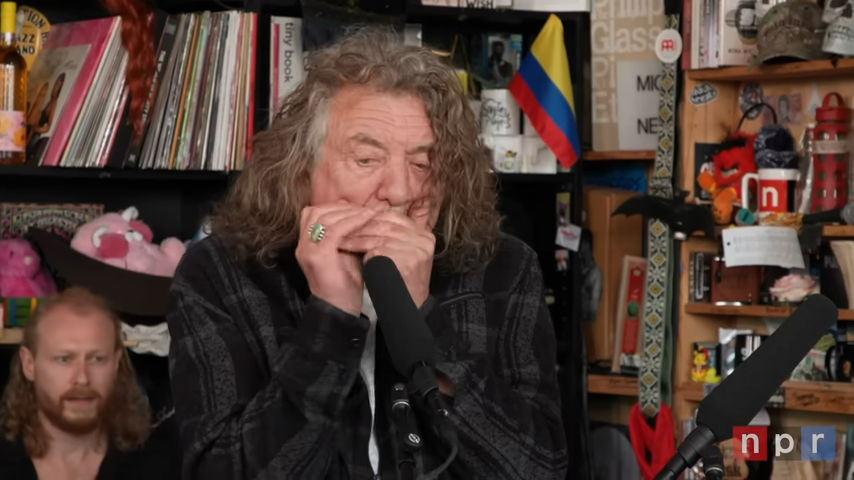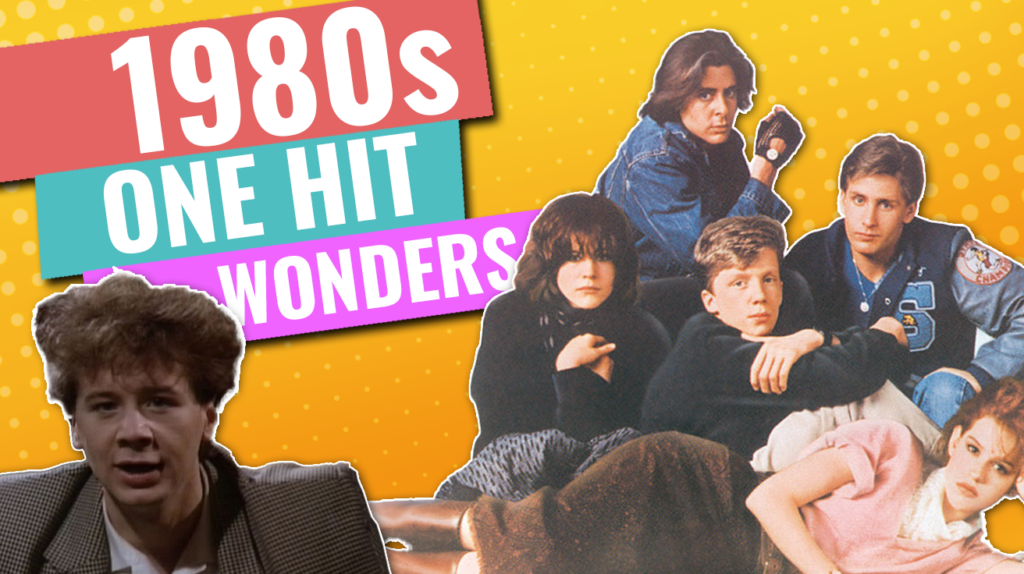
The most influential songs of the ’80s came from artists you’ve forgotten — one-hit wonders shaped our musical landscape more than most career musicians ever did. Quarterflash put saxophones center stage when guitars ruled rock. After the Fire broke language barriers by translating German hits for American ears. Soft Cell revolutionized electronic music by proving mechanical instruments could convey raw human vulnerability. These brief musical flames burned brighter precisely because artists poured everything into their one shot at fame.
Each hit preserves a moment when music and culture transformed forever.
10. Tommy Tutone – 867-5309/Jenny
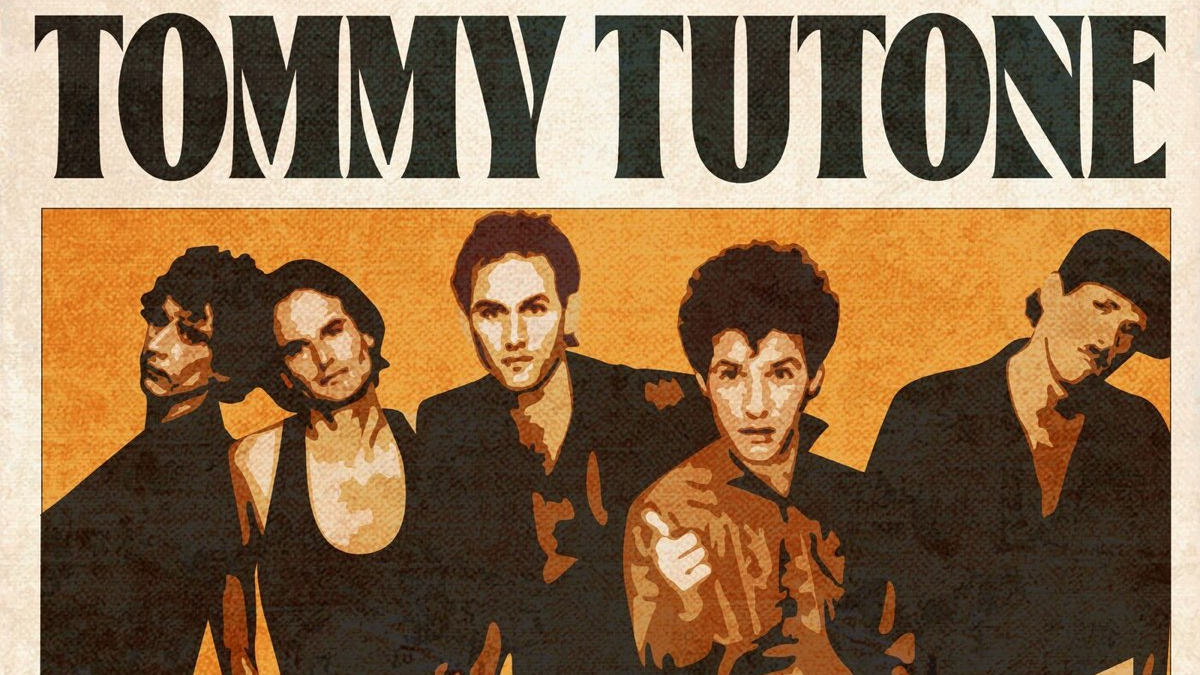
Seven digits changed American pop culture forever in 1981 when Tommy Tutone struck gold with “867-5309/Jenny“. The track rocketed to number four on the charts, sparking a nationwide phone prank phenomenon. Lead singer Tommy Heath tells of finding a bathroom wall number and becoming obsessed with the mystery girl behind it. Crunchy guitars and a solid beat drive the power-pop groove forward, making that chorus impossible to shake. The studio wizardry of producer Jim Gaines gave the song its perfect balance of polish and raw energy. Across America, thousands dialed those digits, infuriating the actual number owners. Businesses later deliberately acquired the famous number to capitalize on its recognition. Jenny’s fictional digits remain more memorable than most people’s actual phone numbers—a testament to the song’s unusual cultural staying power. But while Tommy Tutone achieved fame with this hit, many talented artists weren’t as fortunate — check out 20 black bands from the 70s that vanished from the spotlight.
9. Quarterflash – Harden My Heart
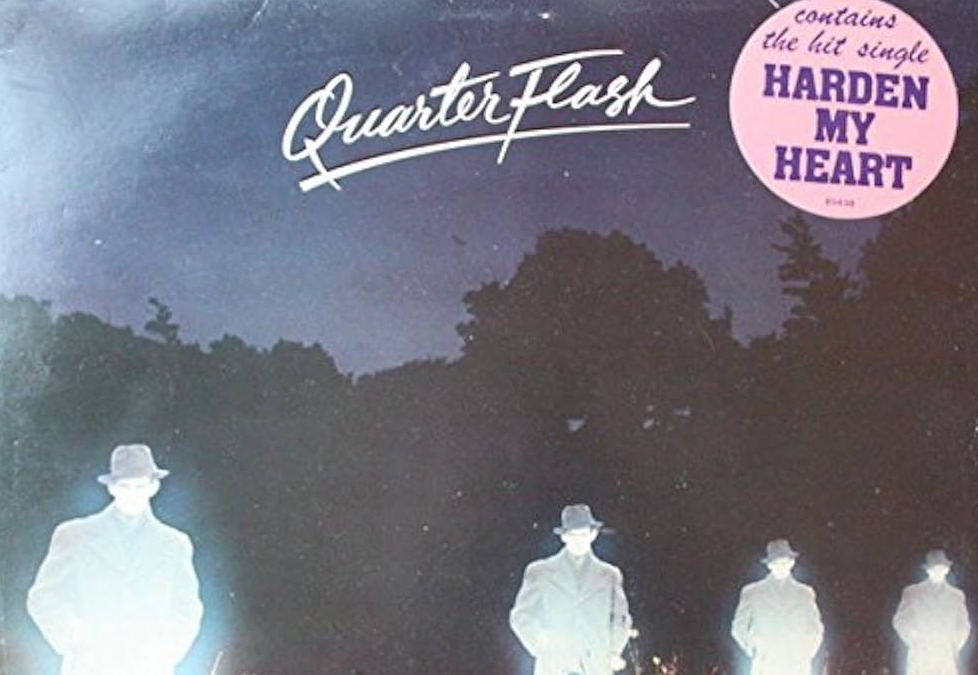
The wailing saxophone that rivaled guitars emerged when Quarterflash released “Harden My Heart“. Rindy Ross’s sax playing and powerful vocals defined their breakthrough single. Her husband Marv wrote this tune about emotional resilience after heartbreak, giving it universal appeal beyond typical rock fare. The track’s distinctive saxophone solo stood out dramatically on guitar-dominated playlists. John Boylan’s production approach highlighted the unique instrumentation while maintaining radio-friendly appeal. Quarterflash performed on major TV shows like “American Bandstand” and “Solid Gold.” This song created a brief moment when woodwind instruments challenged the guitar’s supremacy in mainstream rock music.
8. After the Fire – Der Kommissar
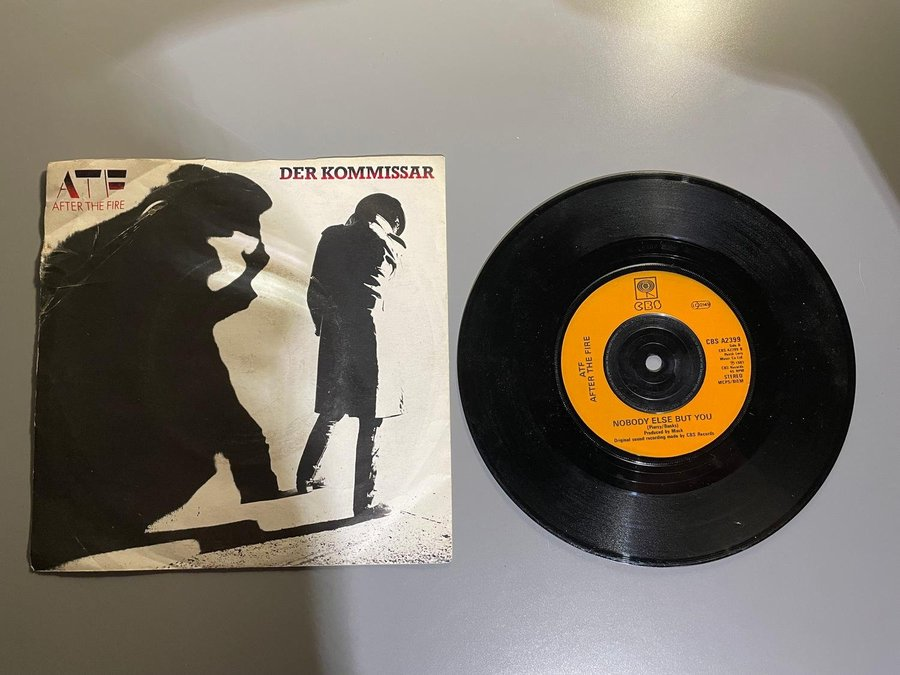
Caught between European new wave and American rock? After the Fire bridged that gap when they reworked Falco’s German “Der Kommissar” for English audiences. Their version soared to number five in America, introducing listeners to this European hit. The band maintained the original’s moody synths while adding rock elements for English-speaking listeners in 1983. Singer Andy Piercy delivers half-spoken lines with perfect intensity, telling the story of evading a shadowy authority figure. The mixing board magic transformed the Teutonic original into something more palatable for American ears without losing its mysterious edge. After the Fire disbanded shortly after this success, despite a decade-long UK career. Their translation opened doors for international artists who would later find American success on their own terms.
7. Scandal featuring Patty Smyth – The Warrior
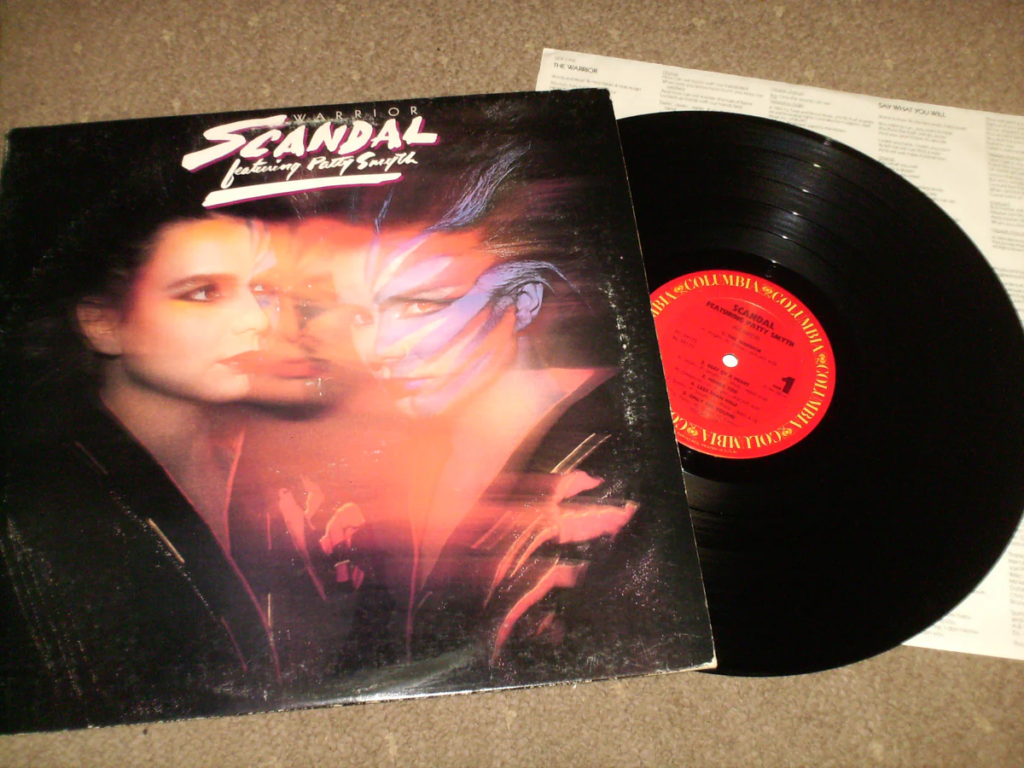
A battle cry against relationship manipulation, “The Warrior” showcased Scandal featuring Patty Smyth at their fiercest. The track propelled the band to number seven on the charts with Patty Smyth’s commanding vocals. Holly Knight and Nick Gilder wrote surprisingly assertive lyrics for the era. Recording engineer Mike Shipley crafted a sonic landscape where synthesizers complement Jack Morer’s guitar work instead of overwhelming it. MTV placed the video in heavy rotation, reaching audiences beyond rock radio. The song appeared on the band’s second and final album before internal tensions caused their breakup. Female vocalists still reference Smyth’s performance when approaching songs about personal strength. The track’s unusual lyrical perspective helped expand rock’s emotional vocabulary beyond standard love song format.
6. Simple Minds – Don’t You Forget About Me
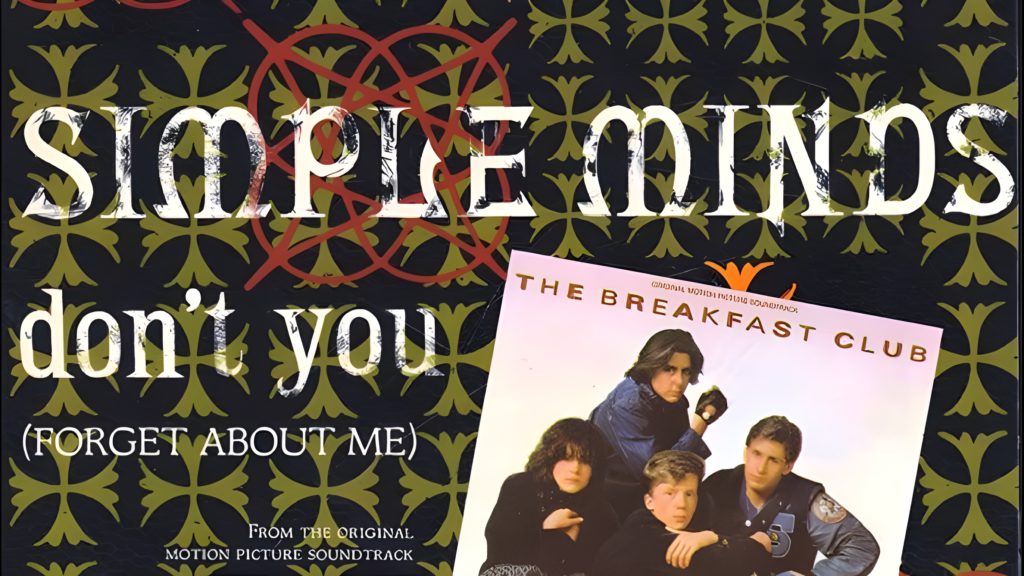
If you’ve ever felt misunderstood as a teenager, Simple Minds provided your anthem with “Don’t You (Forget About Me)” in 1985. The Scottish band initially declined when producer Keith Forsey approached them with the song written for “The Breakfast Club” soundtrack. Jim Kerr’s performance perfectly captures teenage yearning and identity struggles. The track topped the Hot 100 for two weeks, becoming permanently associated with the film’s closing scene. Forsey’s studio expertise created the perfect sonic backdrop for the emotional lyrics, blending new wave elements with arena-rock power. Simple Minds eventually embraced it in concerts despite their initial reluctance. European audiences knew them for their earlier art-rock material, while Americans recognized primarily this soundtrack hit. The fist-in-the-air visual paired with the song created one of cinema’s most memorable musical moments.
5. Cutting Crew – (I Just) Died in Your Arms
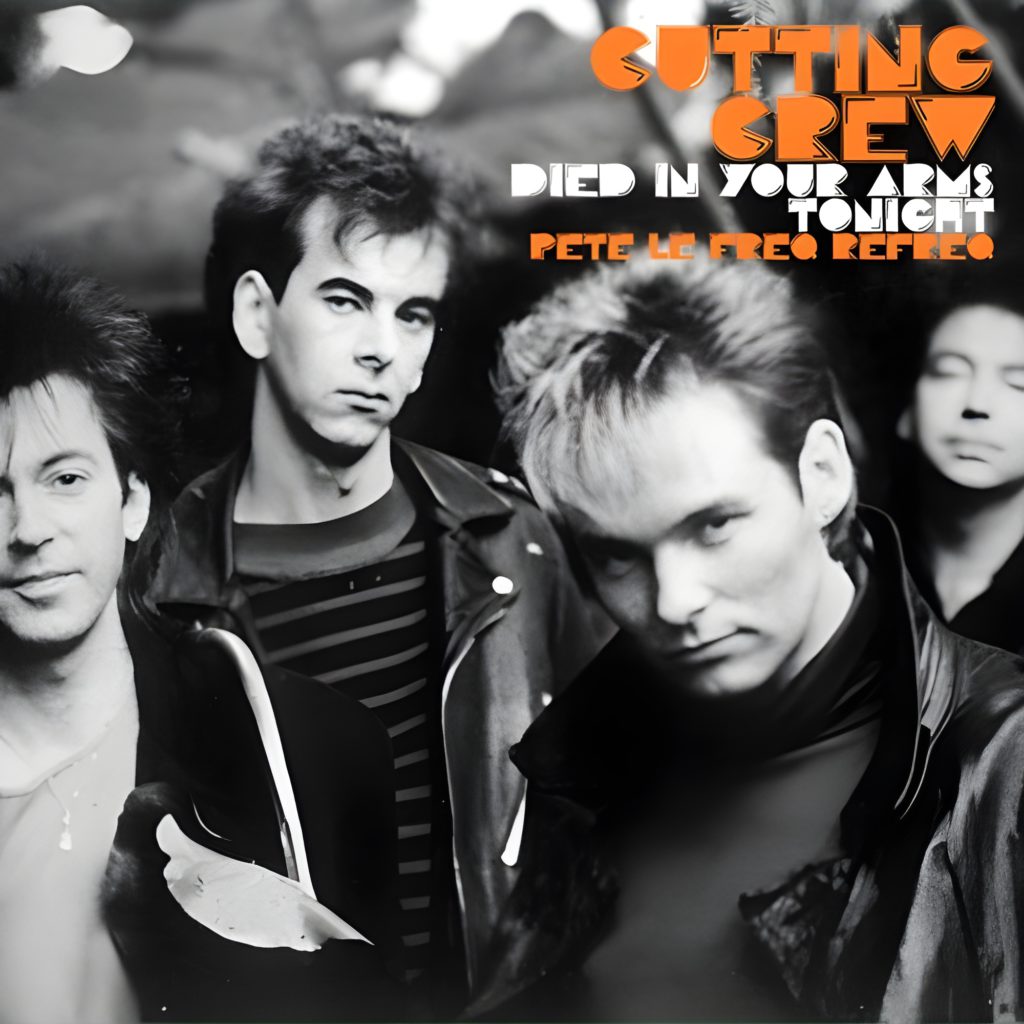
Intense passion met perfect production in Cutting Crew’s “(I Just) Died in Your Arms“. Their debut single hit number one on the Billboard Hot 100, immediately establishing them in America. Nick Van Eede wrote the song after reconnecting with an old girlfriend in 1986. He cleverly used “la petite mort” as a metaphor for overwhelming passion. The technical precision of Terry Brown’s studio work balanced rock guitars with synthesizers in quintessential ’80s fashion. Television appearances on “American Bandstand” and “Solid Gold” expanded their audience beyond radio listeners. The band toured extensively to support the single, building a following that couldn’t quite sustain their career beyond this massive hit. The song appears in numerous films and TV shows decades later, introducing it to new generations.
4. Kix – Don’t Close Your Eyes
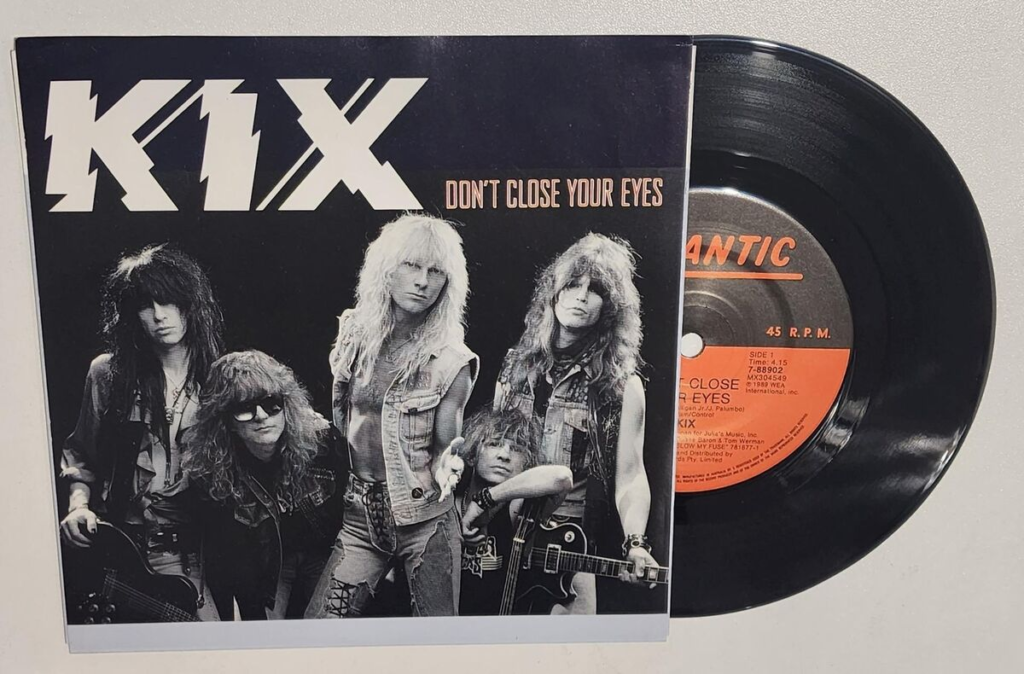
When hard rock confronted real issues, Kix led the way with their emotional “Don’t Close Your Eyes“. The heartfelt track was their only mainstream hit. Producer Tom Werman suggested this power ballad, contrasting with their usual party-rock style. Steve Whiteman’s sincere vocal delivery makes the message authentic rather than preachy. The recording session took an emotional turn as band members recognized the potential impact of their message. A gentle piano introduction builds gradually to a full rock arrangement emphasizing the urgent lyrics. Band members received letters from fans who found hope through the song during personal crises. The track emerged during a period when hard rock increasingly addressed serious social issues beyond typical subject matter. Many listeners credit the song with helping them through dark moments.
3. Vixen – Edge of a Broken Heart
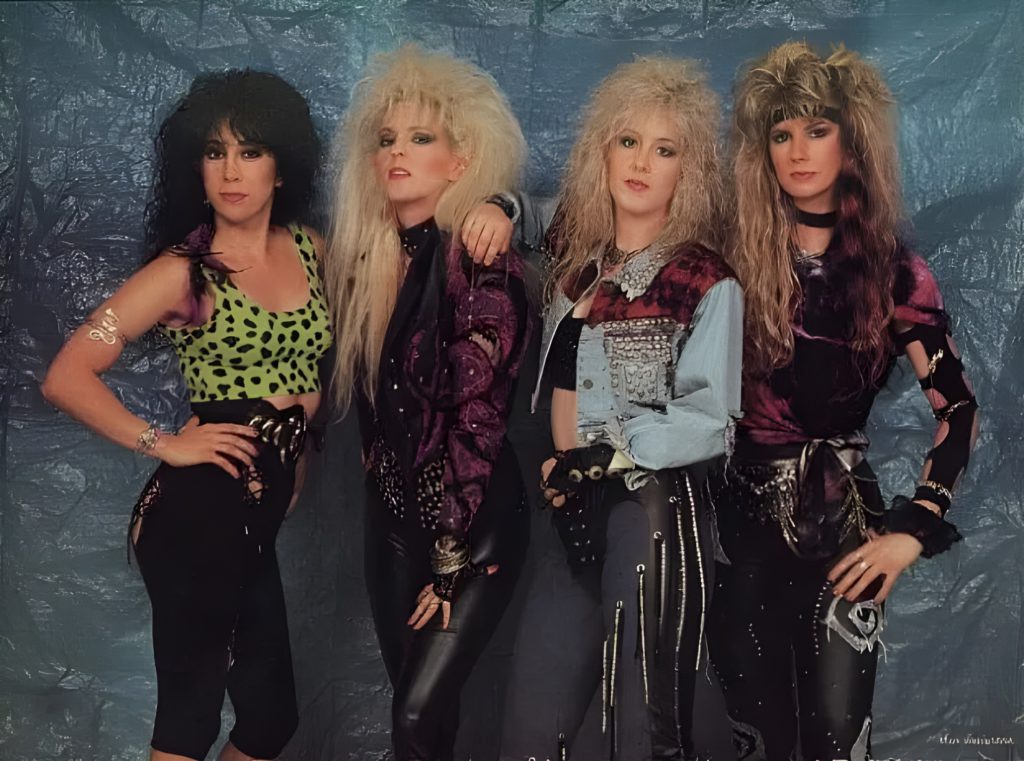
Breaking barriers one power chord at a time, Vixen’s “Edge of a Broken Heart” challenged gender stereotypes in hard rock. Jan Kuehnemund founded the group in Minnesota before moving to Los Angeles to pursue bigger opportunities in 1988. Richard Marx co-wrote and produced the track, lending his hitmaking touch to the band’s raw talent. The single’s sonic firepower came from studio veteran Spencer Proffer, who captured the group’s live energy on tape. Janet Gardner’s powerful vocals and the band’s instrumental proficiency established them beyond mere novelty. The song received significant MTV airplay when female rock performers remained relatively rare. Critics noted that Vixen played their own instruments and wrote much of their material—distinguishing them from manufactured acts of the era. For those looking to discover more talented women in music, check out these 5 female musicians that should be on your radar.
2. Soft Cell – Tainted Love
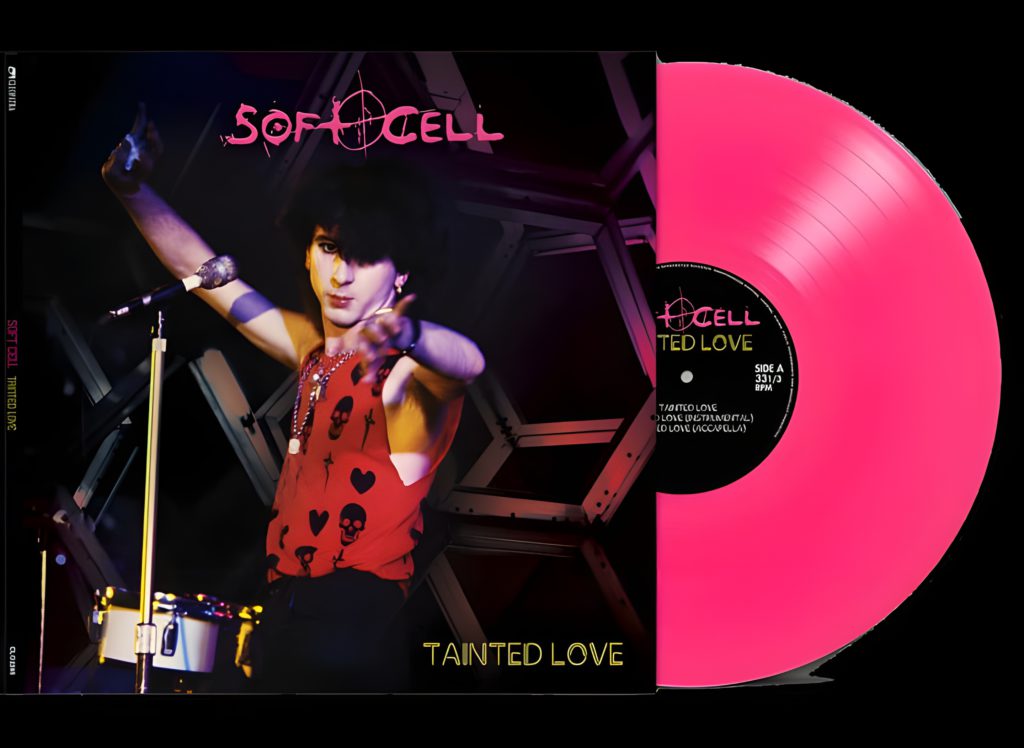
A forgotten soul track found new electronic life in 1981 when Soft Cell reimagined Gloria Jones’ “Tainted Love“. The British duo stripped away the Motown arrangement and rebuilt it with sparse synthesizers and drum machines. Their version went on to dominate charts in 17 countries. Marc Almond’s dramatic vocals preserved the emotional core while Dave Ball’s programming created an entirely new sonic landscape. The song’s distinctive sound emerged during a mere three-day session at a tiny London studio under Mike Thorne’s guidance. DJs frequently paired it with “Where Did Our Love Go” in an extended club version. The cover introduced many listeners to Northern Soul, a British movement celebrating obscure American soul recordings.
1. Thomas Dolby – She Blinded Me With Science

The mad scientist of synthesizers found his perfect formula when Thomas Dolby created “She Blinded Me With Science“. The eccentric track climbed to number five nationally with its weird-but-catchy approach featuring TV scientist Magnus Pyke shouting “SCIENCE!” Cutting-edge synthesizer programming packaged in a radio-friendly format made experimental sounds accessible to mainstream audiences. Unlike most artists of the era, Dolby handled production duties himself, leveraging skills honed during his session musician days. MTV heavily rotated the innovative video showing Dolby as a patient in a bizarre scientific institution. He later became a Silicon Valley entrepreneur developing mobile phone technology. The song brilliantly merged technological concepts with pop sensibility at the dawn of the computer age.





